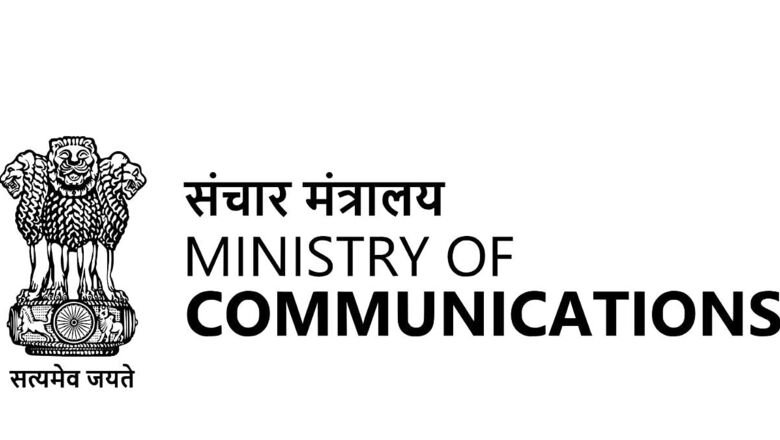
views
The Ministry of Communication on July 4 issued a notification proposing the draft Telecommunications (Digital Bharat Nidhi) Rules, 2024. The notification states that these rules, developed under the powers conferred by section 26 and clause (x) of sub-section (2) of section 56 of the Telecommunications Act, 2023 (44 of 2023), are now open for public feedback for the next 30 days.
As the Ministry invites feedback from all stakeholders to ensure comprehensive consideration of the draft rules before finalizing them, the newly released document stated that the rules will be known as the Telecommunications (Digital Bharat Nidhi) Rules, 2024. The rules will supersede rules 523 to 527 of the Indian Telegraph Rules, 1951. However, the existing arrangements under those rules will remain valid until their expiration dates.
Key terms defined in these rules include ‘Act’, referring to the Telecommunications Act, 2023; ‘administrator’, who is appointed by the Central Government; ‘agreement’, which refers to contracts between the administrator and DBN implementers; and ‘DBN’, which stands for the Digital Bharat Nidhi.
The administrator will have significant responsibilities, including selecting Digital Bharat Nidhi (DBN) implementers through bidding, applications, or nominations. It will oversee the bidding process, enter into agreements, disburse funds, settle disputes, monitor projects and maintain necessary records. Additionally, the administrator may engage consultants and create a digital portal to facilitate DBN operations and stakeholder interactions.
Funding from the DBN will be allocated to implementers to achieve the objectives. This includes providing targeted access to telecommunication services for underserved groups such as women, persons with disabilities, as well as economically and socially weaker sections. The administrator “on a case-to-case basis” will determine the funding modalities, which could include full or partial funding, co-funding, and market risk mitigation.
The notification further highlighted that projects and schemes must meet one or more specific criteria to qualify for DBN funding. These include provisioning telecommunication services in underserved rural, remote and urban areas, introducing next-generation technologies, promoting innovation and supporting telecom sector start-ups, developing relevant standards; and creating technological solutions to enhance access to telecommunications services. Furthermore, projects should promote sustainable and green technologies, as well as foster research and development towards Atmanirbhar Bharat.
Telecommunication networks established with DBN funding must be shared on an open and non-discriminatory basis, in line with the administrator’s instructions. The selection process for DBN implementers will involve bidding for projects aimed at promoting telecommunication access in underserved areas and applications for research and development of new technologies. In special circumstances, the administrator may nominate implementers for specific projects.
The newly released document stated: “Objections or suggestions, if any, may be addressed to the Joint Secretary (Telecom), Department of Telecommunication, Ministry of Communication, Government of India Sanchar Bhawan, 20, Ashoka Road, New Delhi–110 001. The objection or suggestion which may be received from any person with respect to the said draft rules before the expiry of the aforesaid period shall be taken into consideration by the Central Government.”




















Comments
0 comment